Harvard University graduate students began voting Wednesday on whether to unionize, following the successful unionization efforts at Columbia University, New York University, and other schools. This is the second union election in a years-long effort to unionize Harvard’s graduate students. In November 2016, more graduate students voted against unionization than voted for it, but the NLRB later found that election invalid owing to Harvard’s failure to produce a complete and accurate list of eligible voters. If students vote to unionize, they will be represented by the Harvard Graduate Student Union – United Auto Workers (HGSU-UAW).
Also at Harvard, law students began circulating an open letter asking Harvard Law School to require employers recruiting on-campus to eliminate mandatory arbitration clauses, non-disclosure requirements, and class-action waivers from their employment contracts. This follows similar actions at Georgetown University, Berkeley Law, and other schools. In the wake of the #MeToo movement, students argue that these clauses allow employer harassment and discrimination to continue unabated.
On April 14, the Columbia University Graduate Student Union announced that its members had voted to authorize a strike. The Columbia administration has to date refused to bargain with the union. Union leadership stated that if the administration does not agree to bargain, graduate students will commence their strike on April 24.
Republican Senate hopeful Don Blankenship, who was convicted of conspiring coal mine safety standards after a deadly explosion in a West Virginia mine killed 29 workers, asked a court Wednesday to have his conviction thrown out. Blankenship alleges that the government withheld essential reports and other information that could have exonerated him for his role in the disaster.
Politico published an article Wednesday revealing tensions within the National Labor Relations Board. According to Politico, internal disputes center around a proposal to restructure the NLRB to reduce the influence of regional directors, who the business community sees as too pro-union, and around controversy stemming from NLRB board member William Emmanuel’s failure to recuse himself in Hy-Brand Industrial Contractors. That failure forced the NLRB to vacate its ruling in that case, thus preserving a more favorable Obama-era ruling regarding the joint employer standard.


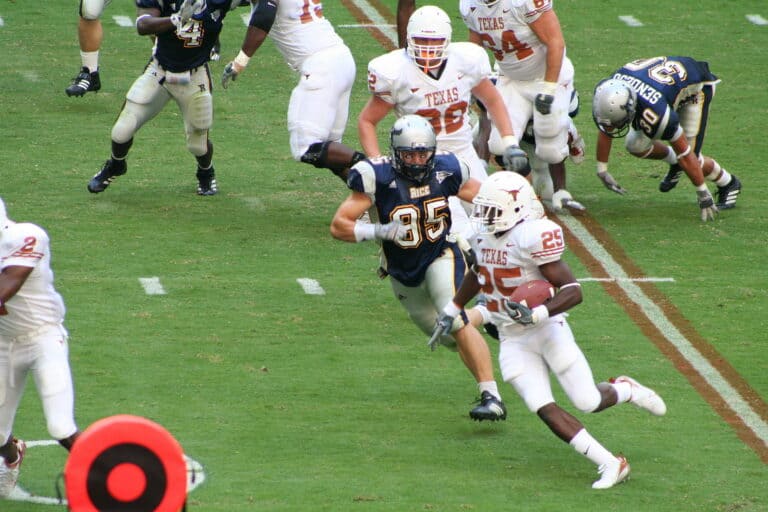
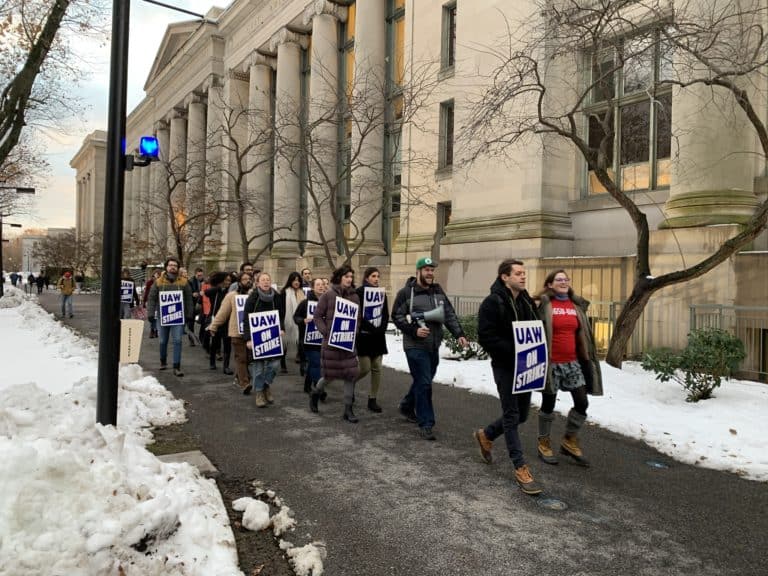
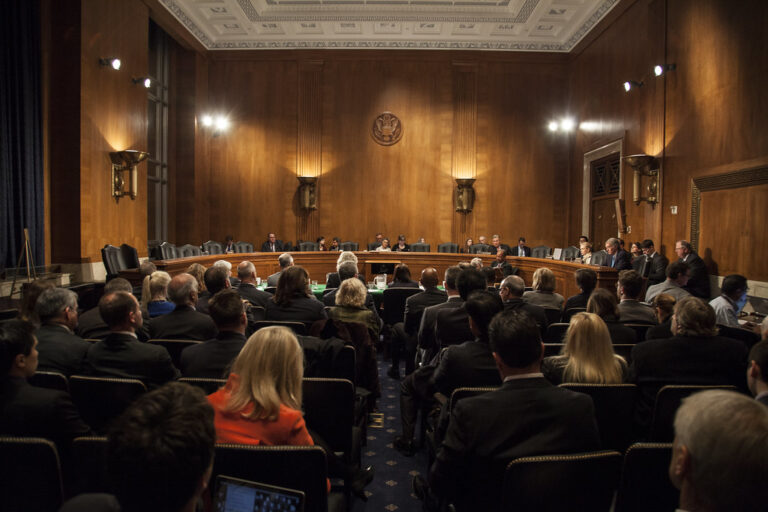
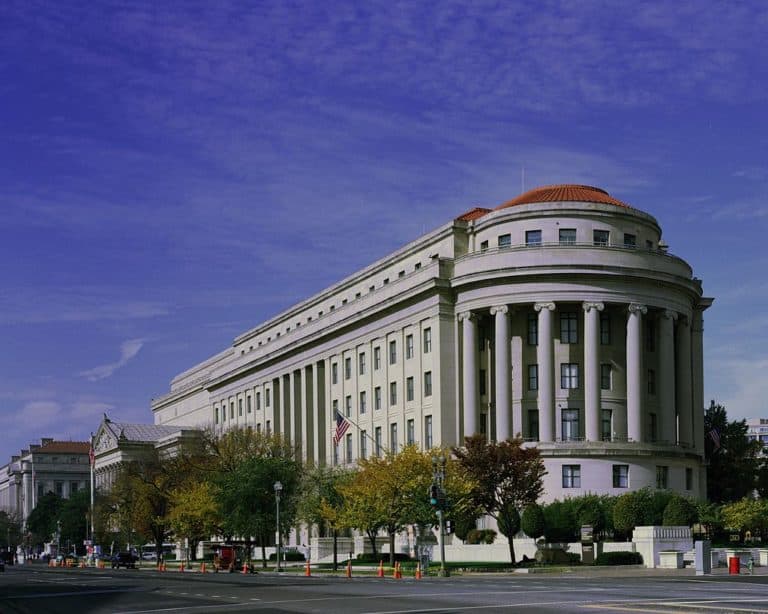
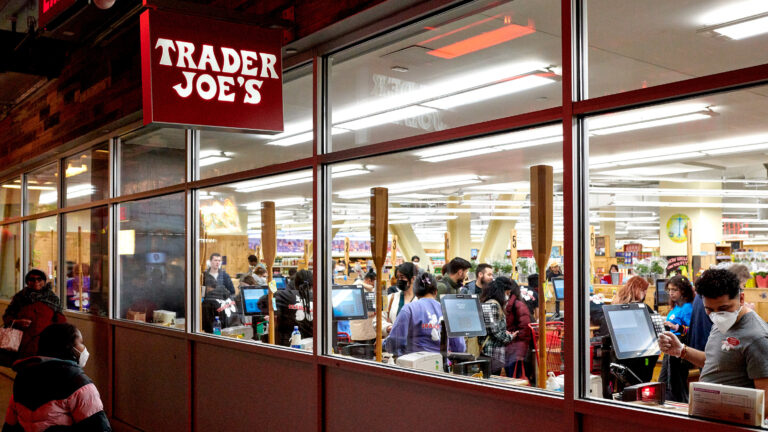
Daily News & Commentary
Start your day with our roundup of the latest labor developments. See all
November 23
Workers at the Southeastern Pennsylvania Transportation Authority vote to authorize a strike; Washington State legislators consider a bill empowering public employees to bargain over workplace AI implementation; and University of California workers engage in a two-day strike.
November 21
The “Big Three” record labels make a deal with an AI music streaming startup; 30 stores join the now week-old Starbucks Workers United strike; and the Mine Safety and Health Administration draws scrutiny over a recent worker death.
November 20
Law professors file brief in Slaughter; New York appeals court hears arguments about blog post firing; Senate committee delays consideration of NLRB nominee.
November 19
A federal judge blocks the Trump administration’s efforts to cancel the collective bargaining rights of workers at the U.S. Agency for Global Media; Representative Jared Golden secures 218 signatures for a bill that would repeal a Trump administration executive order stripping federal workers of their collective bargaining rights; and Dallas residents sue the City of Dallas in hopes of declaring hundreds of ordinances that ban bias against LGBTQ+ individuals void.
November 18
A federal judge pressed DOJ lawyers to define “illegal” DEI programs; Peco Foods prevails in ERISA challenge over 401(k) forfeitures; D.C. court restores collective bargaining rights for Voice of America workers; Rep. Jared Golden secures House vote on restoring federal workers' union rights.
November 17
Justices receive petition to resolve FLSA circuit split, vaccine religious discrimination plaintiffs lose ground, and NJ sues Amazon over misclassification.